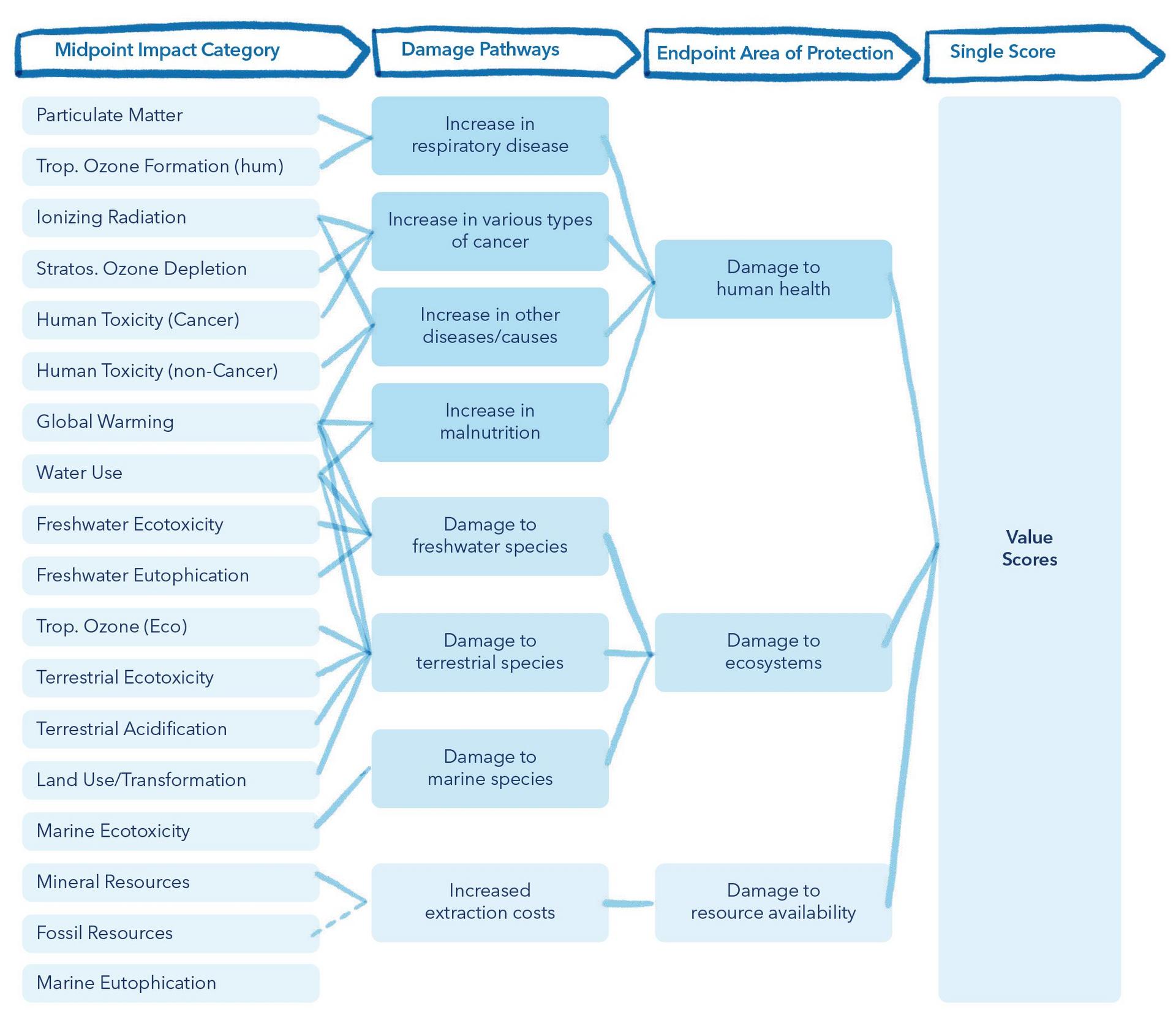A deep dive into restorative raw materials
How are the terms defined, and what does it mean to be restorative? Let’s take a deep dive.
In 2021, BioMar set the lofty goal of increasing the share of circular and/or restorative raw materials (RMs) to 50% by 2030. This ambition aims to take sustainability to the next level by measuring and improving on all environmental impacts – not just carbon emissions.
Circular RMs are derived from waste or by-products, as defined by the EU waste framework directive. Restorative RMs and the methodology that defines them are more complex. Science-based methods, such as life cycle analysis (LCA), allow BioMar’s sustainability experts to calculate the carbon footprint of raw materials with great precision.
Crucial sustainability indicators, such as biodiversity impacts from feed, need to be quantifiable. This requires an operational approach that is applicable in a commercial environment.
"We stimulate and incentivise suppliers to develop innovative solutions based on by-products or improvements in agricultural production systems".
This allows farmers and RM producers to understand what measures they can take to drive positive change. As there was no existing methodology for this, BioMar decided to develop an in-house method to begin the transition to a more environmentally friendly raw materials' basket.
Restorative RMs significantly shift the balance between ecosystem impacts and move agriculture production systems towards net-positive environmental outcomes. The methodology BioMar developed utilises the LCA endpoint technique.
The LCA endpoint translates all impacts (called midpoints) into their damage to human health, ecosystems, and resource availability and combines them into a single value score. The higher the score, the worse the damage.
LCA endpoint scores are calculated for all BioMar RMs and compared against a global benchmark of the highest globally consumed RM within its category.

A RM demonstrating a 50% or better improvement from the benchmark is considered restorative.
The restorative methodology allows BioMar to quantitatively compare RMs and find ingredients with significant advantages beyond the carbon footprint.
To improve the restorative level of RMs, we engage with suppliers to better understand the challenges specific to their farming systems. A non-exhaustive list of potentially restorative farming practices includes low-input agriculture, precision and no-till farming, nutrient management, and cover cropping.
BioMar works closely with suppliers over several years to establish a baseline and document improvements. We favour new suppliers practising or transitioning towards restorative/regenerative farming practices.
We stimulate and incentivise suppliers to develop innovative solutions based on by-products or improvements in agricultural production systems.
The restorative method is a good start on a long journey for continuous improvement. That is why BioMar has teamed up with a dedicated group of researchers to develop interdisciplinary methods that predict both local and global environmental footprints under contrasting feed and climate scenarios.
BioMar’s restorative methodology will be adapted as new data and knowledge become available through these types of ongoing projects.

